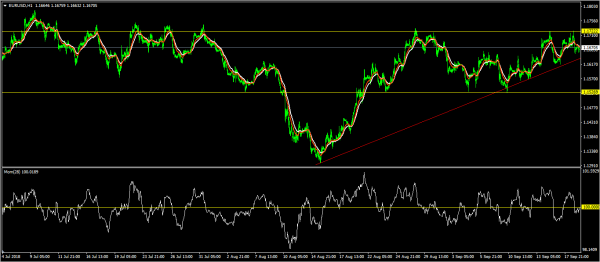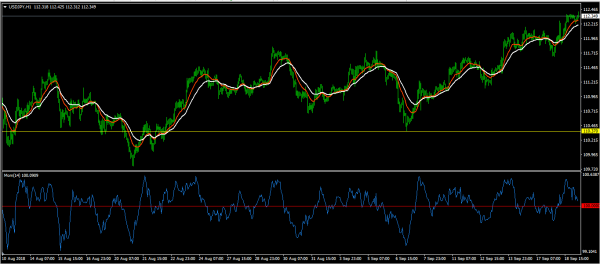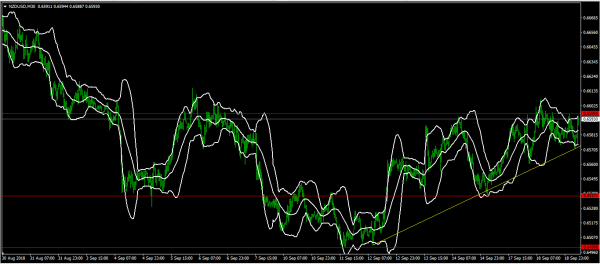The Japanese yen was little moved after the Bank of Japan (BOJ) left interest rates unchanged. This was the 32nd month straight of no monetary policy changes.
The base lending rate was left at minus 0.1%, which was expected by analysts. In August, the central bank tweaked its ¥80tn-a-year quantitative easing program to strengthen its framework for powerful continuous easing. This was unlike other central banks such as the ECB, FED, and BOE, which are in the tightening phase. Meanwhile, Japan released better than expected trade data. Exports in August rose by 6.6% while imports rose by 15.4%. The trade balance was minus ¥445 billion, which was better than the expected ¥469 billion.
The Kiwi moved slightly higher than the US dollar after New Zealand released trade numbers for the second quarter. In the quarter, the current account fell to N$9.54 billion, which was higher than the expected N$8.09 billion. On a quarter-on-quarter basis, the current account fell to N$1.62 billion, which was higher than the expected N$1.32 billion. The current account percentage of the GDP was -3.30%, which was lower than the expected -2.80%. The current account measures the difference in value between exported and imported goods, services, and interest payments.
Sterling was little moved against the USD ahead of important inflation data. In the morning today, the Office of National Statistics (ONS) will release CPI data for August. The headline CPI number is expected to rise by 2.4%, which is lower than last month’s 2.5%. The core CPI is expected to rise by an annualized rate of 1.8%, which will be lower than the expected 1.9%. While the CPI numbers will be important, traders will pay closer attention to the progress in the ongoing Brexit talks.
EUR/USD
The EUR/USD fell in the Asian session to a low of 1.1650, which was the lowest level since Monday. It is now trading at 1.1673, which is in line with the 21 and 14-day Exponential Moving Average (EMA) and above the important support shown below. It is also between the narrow range the pair has been in the past few days. The pair could head lower if it crosses the important support of 1.1636.
USD/JPY
The USD/JPY pair started an important upward trend almost two weeks ago. In that period, it moved from 110.37 to a high of 112.45. Today’s high was the highest level since July this year. The 28-day EMA is currently on the right side of the shorter 14-day EMA. The momentum indicator is falling as the pair moves up, which is a divergence pattern. There is a likelihood that the upward momentum will continue because there are no major economic data expected from the US today.
NZD/USD
The New Zealand dollar was slightly up against the USD after positive data from New Zealand. The pair is now trading at the important resistance level of 0.6600. In the past few days, the pair has been making higher highs and higher lows. This came after a massive sell-off on the kiwi that started in August. The current price is along the upper Bollinger Band. There is a likelihood that the pair will continue moving up, in line with the new bullish momentum.















